SLS 3D Printing for Your Prototype
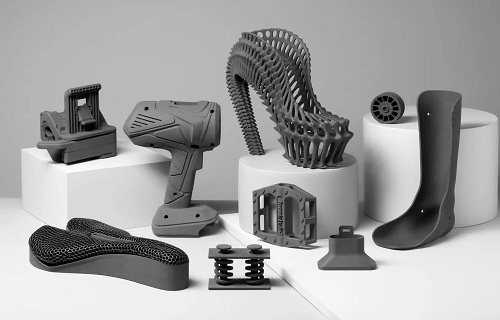
Revolutionize Your Prototyping with SLS 3D Printing
Imagine holding a creative spark in your hand, eager to turn it into reality. This is exactly where SLS 3D printing technology comes in handy. As a leader in this cutting-edge additive manufacturing field, we are committed to turning every prototype design dream of yours into reality.
Our SLS 3D printer can meet your needs with excellent precision and versatility, whether it's conceptual models that pursue extreme details, components that require functional testing, or small batch production requirements. With advanced laser sintering technology, we are able to create complex geometric shapes in various materials, ranging from engineering grade plastics to flexible elastomers. Ensure precise dimensions, smooth surface, and sturdy and durable parts.
What's even more exciting is that our SLS 3D printing solution is reasonably priced, making it easy for businesses and creators of all sizes to afford. Now is the time to unleash your design potential while minimizing development costs to the fullest extent possible! Come and get a customized quote!
How SLS 3D Print Works
Selective Laser Sintering (SLS): Unlocking the Power of Additive Manufacturing
Selective Laser Sintering (SLS), this technology is truly impressive! Imagine being able to use the power of lasers to transform powder materials into three-dimensional objects layer by layer. Yes, you heard it right, that's the charm of SLS. Imagine that the exquisite model or powerful mechanical component in your hand is built layer by layer using SLS technology. This technology not only makes our designs more free, but also greatly unleashes our creativity.
At the heart of the SLS process is a thin layer of powdered material evenly distributed across a build platform. The laser then precisely traces and sinters the powder, fusing it together to form the desired shape. This process is repeated, layer by layer, until the complete object emerges, showcasing intricate geometries and exceptional accuracy.
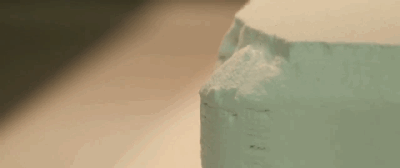
Moreover, the versatility of SLS technology is unmatched, as it can work with a wide range of materials, enabling the production of functional parts for diverse industries, from aerospace and automotive to medical and consumer goods. Whether you're prototyping, manufacturing custom components, or creating complex tooling, SLS printing offers a versatile and cost-effective solution.
Unlock the full potential of your additive manufacturing projects with Selective Laser Sintering. Experience the precision, quality, and design freedom that this transformative technology has to offer. Contact us today to learn more and get a tailored quote for your specific needs.
SLS Design Guidelines and Capabilities
Our basic guidelines for stereolithography include important design considerations to help improve part manufacturability, enhance cosmetic appearance, and reduce overall production time.
| Max Forming Size | 350*350*590mm |
| Layer Thickness | 0.06mm~0.2mm |
| Wall Thickness | 0.5mm |
| Tolerances | ±0.2mm |
| Normal Lead Time | 3 days |
| Material Types | Nylon PA11 | PA12 | TPU |
Material for SLS Processing
Selective laser sintering (SLS) technology provides great flexibility in material selection, meeting the diverse needs of numerous manufacturers and designers. Although selective laser melting (SLM) and other processes focus on metal materials, SLS is still known for its extensive use of nylon powder, accounting for 90% of the material market share in the industry.
However, the charm of SLS goes far beyond that. In addition to nylon, it also covers various powder materials such as polymers, metals, ceramics, gypsum, etc., bringing unprecedented diversity to the manufacturing field. This rich selection of materials allows manufacturers to accurately match their application needs, whether pursuing engineering grade performance, exquisite appearance, or unique functionality, SLS can provide ideal solutions.
When it comes to accuracy, SLS technology also performs well. It can achieve a precision tolerance of plus or minus 0.2mm. This achievement not only highlights the progressiveness of SLS equipment, but also reflects the continuous progress of process technology. It is precisely this high precision that enables SLS to easily create complex and intricate parts, meeting various demanding design requirements.
Another highlight of SLS is its production feature that does not require supporting structures. The unsintered powder naturally forms a support, allowing SLS to directly manufacture complex geometric shapes and dangling features, saving materials and shortening production cycles. This advantage undoubtedly provides designers with greater creative freedom.
In addition, SLS is also known for its high material utilization rate, further enhancing its cost-effectiveness. Due to the lack of additional support structures and substrates, SLS wastes very little material during the production process, making it more economical compared to other additive manufacturing technologies such as stereolithography (SLA).
SLS continues to lead the trend of change in the field of additive manufacturing with its multifunctional materials, precise processes, and unique advantages in unsupported manufacturing. It not only provides designers and manufacturers with a broader creative space, but also promotes innovation and development in the entire industry.
SLS Printed Parts Application
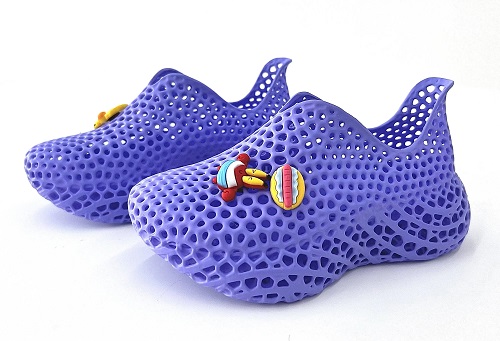
For Shoes Industry
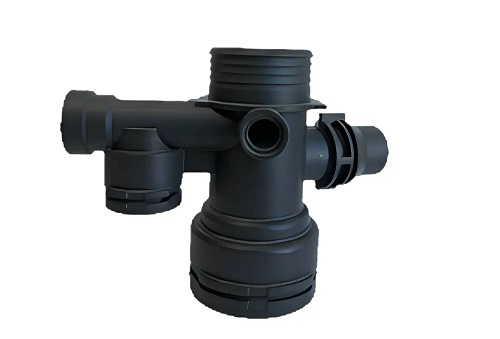
For Automotive
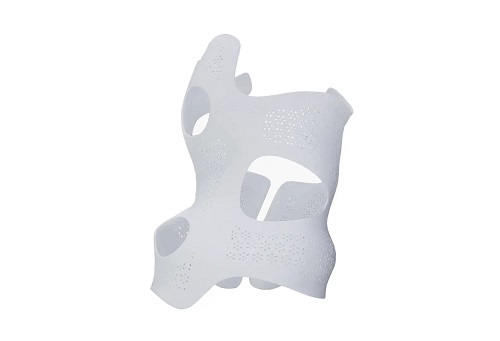
For Medical Orthosis
SLS 3D printing equipment
As a professional 3D printing company, we have 50 SLA resin 3D printers, as well as 6 SLS nylon 3D printers and metal 3D printers. We have a variety of 3D printing materials to choose from, as well as various post-processing processes and complete outsourcing processing capabilities. We provide services such as 3D printing, copying, and coloring, and have established a dedicated team for model production business, possessing excellent display analysis and design capabilities. Possess strict quality management system certification. We have rich experience in industries such as automobiles, home appliances, office equipment, building models, medical dentistry, jewelry, sculpture, ceramics, etc.
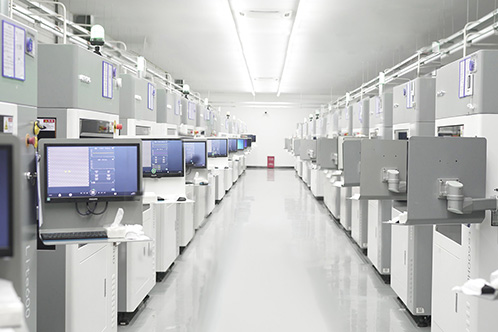
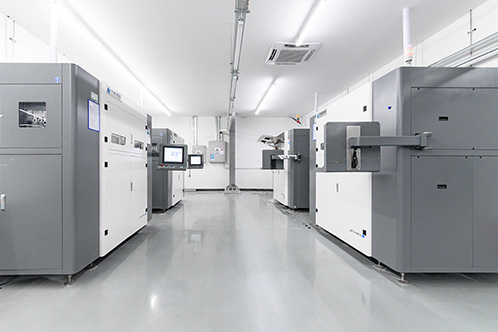
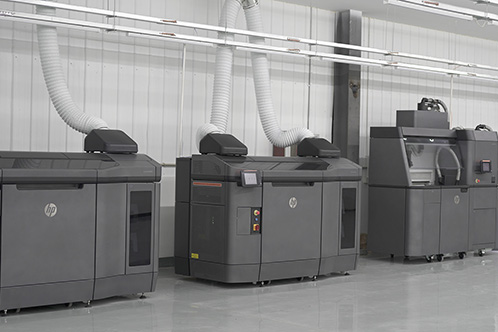
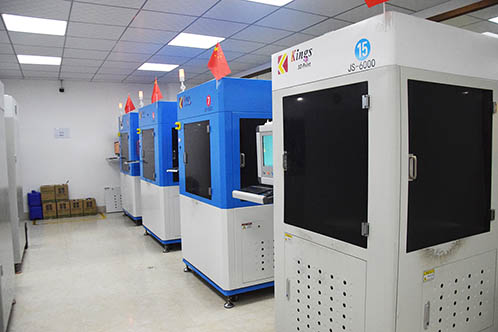
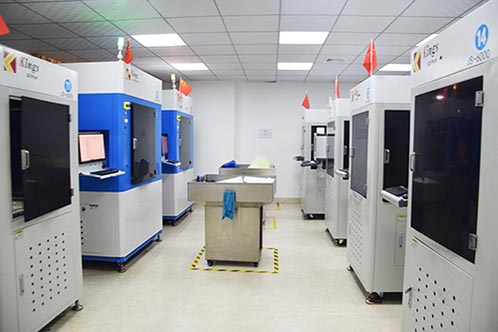
SLS 3D Printing FAQ
What is SLS 3D Printing?
Selective Laser Sintering (SLS) is an additive manufacturing process that uses a high-powered laser to selectively sinter (or fuse) powdered materials, such as plastics, metals, or ceramics, layer by layer to create three-dimensional objects.
What materials can be used in SLS 3D Printing?
SLS can work with a wide range of materials, including nylon, polyamide, polystyrene, PEEK, TPU, and even some metal alloys like stainless steel, titanium, and aluminum.
What are the key benefits of SLS 3D Printing?
Key benefits of SLS 3D Printing include the ability to produce complex geometries without the need for support structures, high dimensional accuracy, good mechanical properties, and efficient material utilization.
What is the typical accuracy and resolution of SLS 3D Printed parts?
SLS 3D Printing can achieve typical accuracy levels of ±0.2 mm and layer resolutions down to 0.06 mm, allowing for the creation of highly detailed and intricate parts.
Can SLS 3D Printing be used for functional prototypes and end-use parts?
Yes, SLS 3D Printing is suitable for both functional prototyping and the production of end-use parts, particularly for applications in industries like aerospace, automotive, medical, and consumer goods.
How does the SLS 3D Printing process work?
The SLS process involves spreading a thin layer of powdered material on a build platform, then using a laser to selectively sinter the powder, fusing it layer by layer to create the desired 3D object.
What are the post-processing steps for SLS 3D Printed parts?
Common post-processing steps for SLS parts include removing excess powder, surface finishing (e.g., sand blasting, polishing), and in some cases, infiltration with resins or other materials to enhance properties.
What are the typical applications of SLS 3D Printing?
SLS 3D Printing is widely used for prototyping, tooling, custom manufacturing, and the production of end-use parts in a variety of industries, including aerospace, automotive, medical, consumer goods, and industrial equipment.
How does the cost of SLS 3D Printing compare to other additive manufacturing technologies?
SLS 3D Printing is generally more cost-effective than technologies like Stereolithography (SLA) or Fused Deposition Modeling (FDM), particularly for the production of complex parts in small to medium volumes.
What are the potential limitations or drawbacks of SLS 3D Printing?
Potential limitations of SLS 3D Printing include the relatively high equipment and material costs, the need for post-processing, and the potential for part warpage or shrinkage due to the thermal nature of the process.